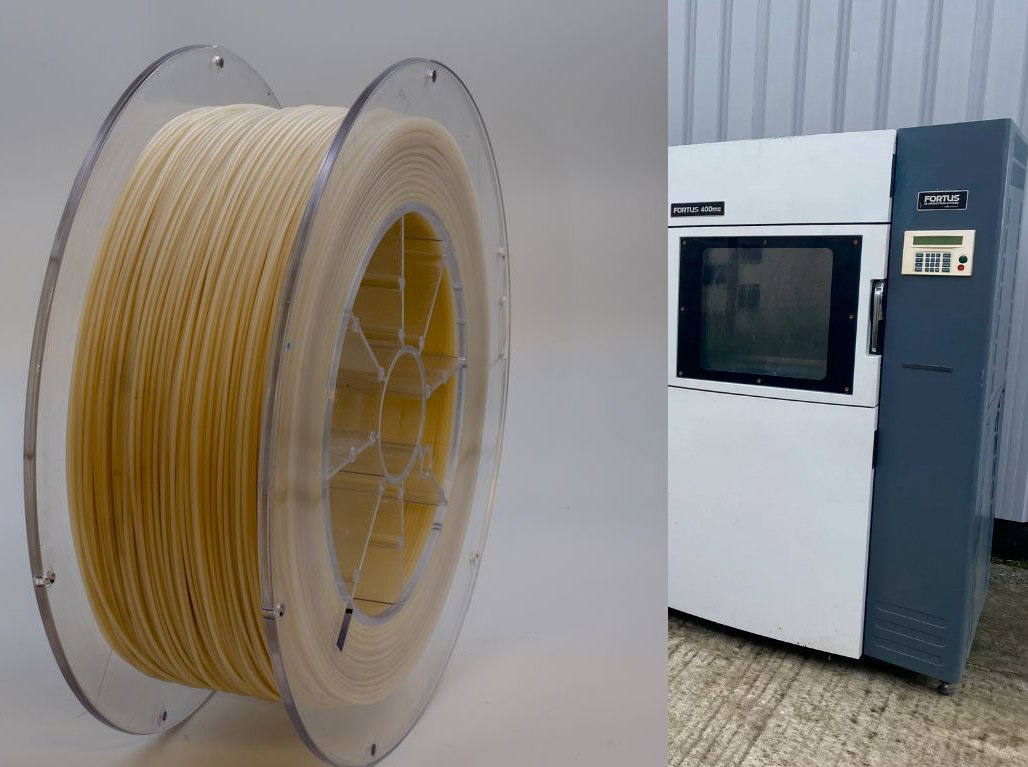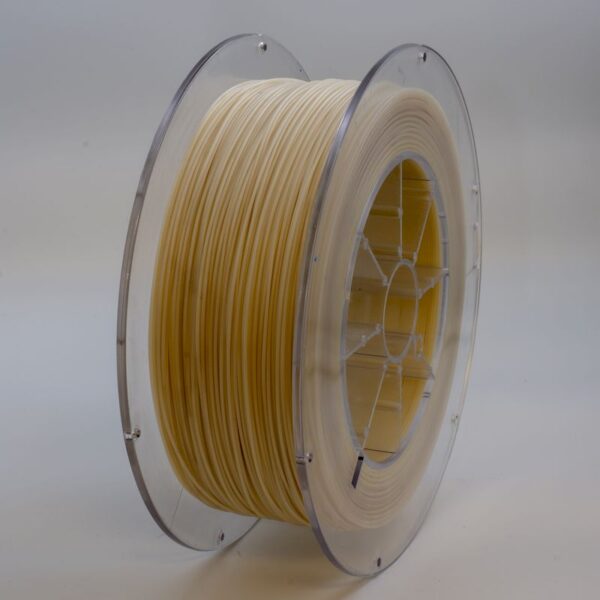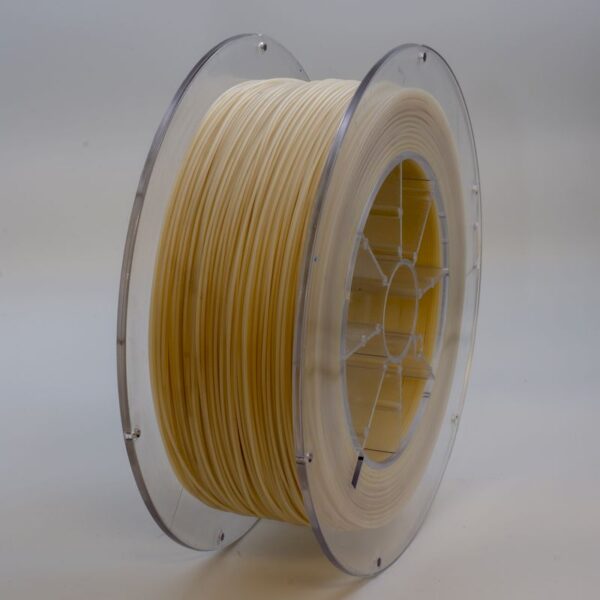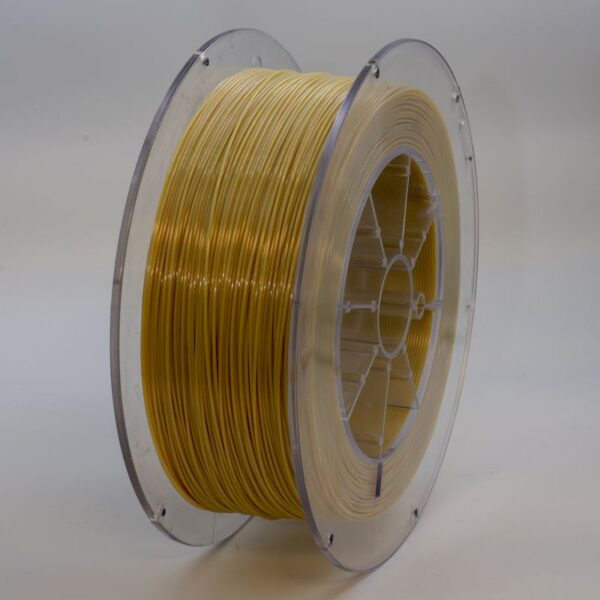Optimizing Filament Performance for Stratasys Fortus® 3D Printers: The Importance of Drying

For anyone aiming to achieve consistent, high-quality results in 3D printing or production with Stratasys Fortus® machines, drying filament should be a standard operating procedure — whether you’re working with Stratasys-branded materials or third-party options such as Additive 3D Link. This applies to both brand-new spools and those that have already been partially used.
Many operators rely on vacuum ovens for this purpose, as the reduced pressure speeds up moisture removal. Others take advantage of the Fortus build chamber when set for high-temperature materials like Ultem, or they use a conventional oven. In fact, a large number of users make it a point to dry every spool before it enters the printer.
A full spool typically lasts about two days on a Fortus machine. This means you can place the next spool in the dryer for the same amount of time while the current one is in use. Drying is not a reflection of poor material quality — it’s simply smart practice. There’s a reason Fortus printers are equipped with built-in dryers. Much like injection molders always dry their resin pellets before production, Fortus operators should do the same with filament, which is essentially resin in a different form.
Drying Guidelines
- For general-purpose materials: Set your oven to 70 °C. Although a 48-hour cycle is ideal, a 12-hour overnight dry is usually sufficient.
- For high-temperature and highly hygroscopic materials (such as Ultem 9085, Ultem 1010, and their support materials): Use 130 °C with the same 12–48 hour timeframe.
- Stratasys canisters: Remove the foil seal, take off the lid, and place the entire canister (without the lid) in the oven. After drying, reattach the lid with electrical tape — no need for the original metal tape.
- Additive 3D Link refill spools (ABS, ASA, PC-ABS, PC, Ultem 9085, Ultem 1010, Breakaway Support/HIPS): Take the spool out of its vacuum-sealed bag, dry it, and then load it into a canister when ready.
- Partially used spools: Whether OEM or aftermarket, remove the lid from the canister, dry the spool, and re-cover it before storage.
Following these steps ensures your Fortus printer runs on moisture-free material, leading to better consistency, reduced print defects, and improved mechanical performance. This mirrors the approach taken both by filament manufacturers, who dry their material before and after extrusion, and by traditional plastics processors. Even though vacuum-sealed packaging and desiccant protect new spools, partial spools are more susceptible to moisture uptake — making it wise to adopt a habit of drying every spool before use.




